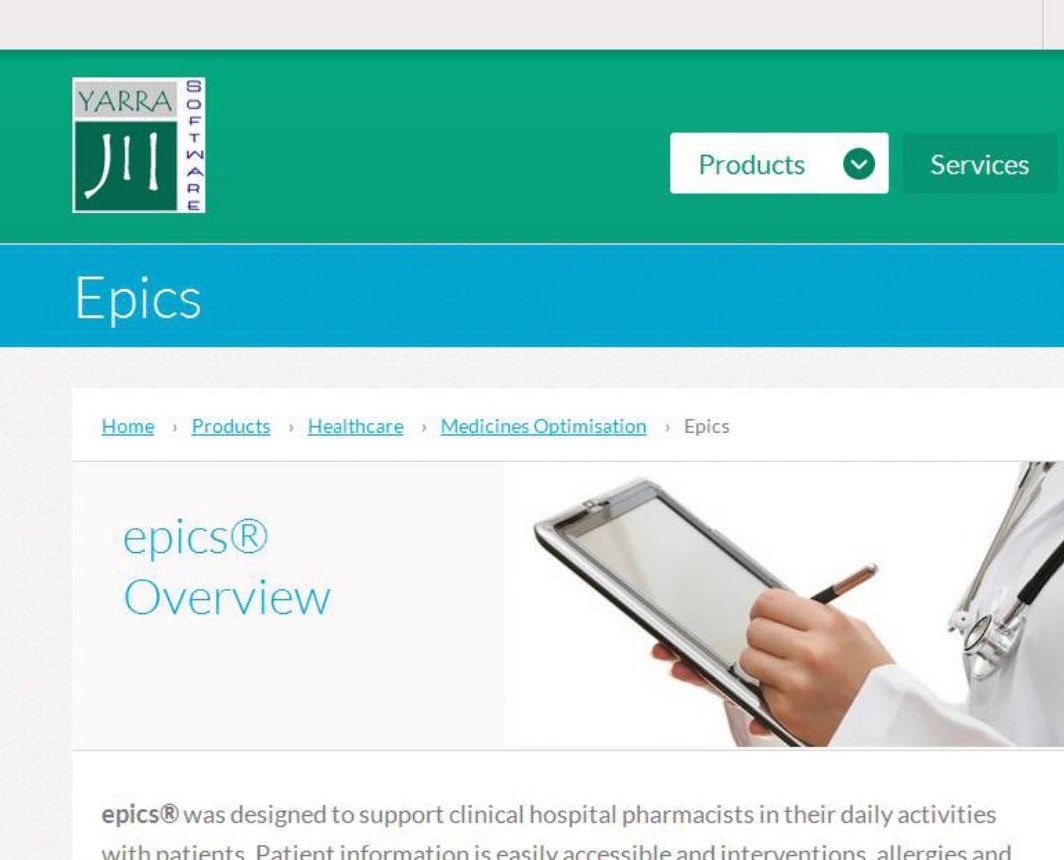
EPICS
Electronic Pharmacist Intervention Clinical System Patient safety in Northern Ireland can be enhanced via the use of EPICS (Electronic Pharmacist Intervention Clinical System). This novel software package, designed in...

Electronic Pharmacist Intervention Clinical System Patient safety in Northern Ireland can be enhanced via the use of EPICS (Electronic Pharmacist Intervention Clinical System). This novel software package, designed in...